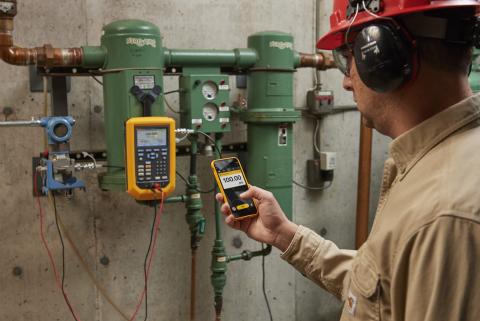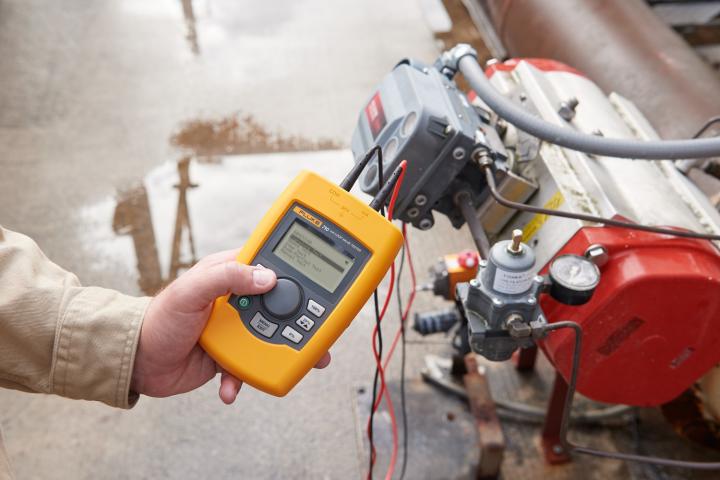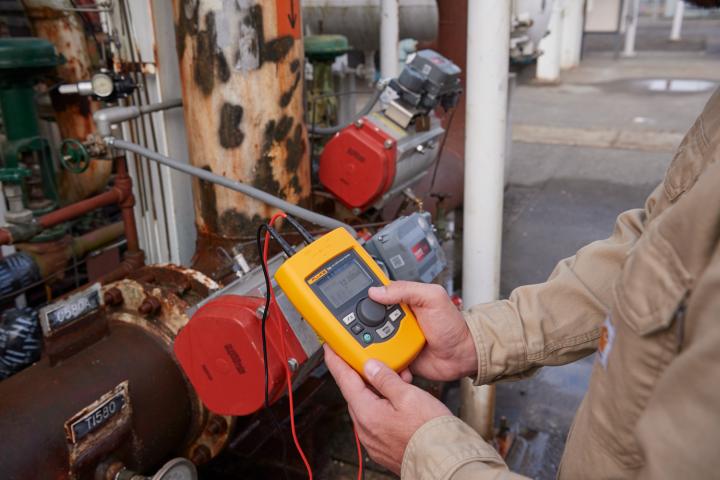
Calibration tools and instruments
Welcome!
The Fluke Calibration web address has changed.
Here is a guide on what's new.
Calibration Tools are used to ensure precision and accuracy across a wide range of industries. Fluke offers a comprehensive array of top-tier calibration tools to calibrate in many different disciplines offering precision instrument calibration and metrology hardware and software for electrical, temperature, pressure, flow, and RF measurements. Use these top-of-the-line devices to compare and adjust measuring devices to ensure they operate within their specified limits.
Calibration instruments and software from Fluke Calibration are found in calibration facilities around the world, including National Metrology Institutes, that demand the highest levels of performance and reliability for their calibration equipment, backed by state-of-the-art metrology and uncompromising support.
What instruments are used for calibration?
Choosing the right instrument for calibration depends on the specific type of device you're calibrating, or the unit under test (UUT). Common tools include bench multimeters and multi-product calibrators for electrical calibration, pressure calibrators for pressure devices, calibration baths for temperature sensors and indicators, and many more. Fluke offers a wide variety of these instruments, each designed to provide reliable and accurate calibrations.
No matter your calibration needs, Fluke has the right tool for the job, ensuring precise and reliable measurements every time.
Get a free demoProcess calibrators

Electrical calibration

RF calibration

Data acquisition and general test

Temperature calibration

Humidity calibration

Pressure calibration

Flow calibration


Using Fluke process calibrators for commissioning, troubleshooting, and calibrating
Process devices provide critical measurement information to a process plant’s control system. The performance of these process instruments is often critical to optimizing plant operations and maintaining safety. Whether instrumentation or electrical technicians are looking to commission a new process instrument, troubleshoot an existing process control panel, 4-20 mA loop or pressure valve, or calibrate a pressure transmitter, temperature transmitter, or HART transmitter — Fluke has process calibration equipment designed specifically for the job.

Commissioning process instruments
Process plants commission new process instruments for a lot of reasons. They could be installing a new instrument to meet expanding production requirements, upgrading a system to meet new industry standards or replacing a defective instrument with a new instrument right out of the box. Regardless of why they’re being commissioned, these new instruments need to be properly configured for the application at hand. That means verifying that the instrument settings match the requirements of the application where it’s going to be installed before even taking a system online. In addition to that, technicians need to make sure the instrument is properly calibrated through the use of a calibration meter or process calibrator so they can be confident that the data they are transmitting and collecting is accurate.

Troubleshooting process instruments
Troubleshooting is required when a part of the process fails or when you have doubts about the accuracy of the data you are collecting. When that happens you typically need to resolve the issue fast or face the consequences of it growing into larger issues and leading to potential production or plant downtime. In order to troubleshoot properly, you’ll need to grab your process calibration equipment and start by trying to isolate the problem. Once you’ve done that, you can start substituting variables in the 4-20 mA loop to try and further narrow down the source of the issue. From there you’ll need to decide whether the instrument can be repaired, whether it needs to simply be calibrated using a process calibrator or if you need to replace it entirely and commission a new instrument.

Calibrating process instruments
Calibrating a process instrument starts with verifying the specifications of a process instrument using a known good reference source such as a process calibrator or calibration meter. These reference sources have been specifically designed for use in process environments and are at least four times as accurate as the device under test. Process calibration typically occurs for several different reasons throughout the year whether it be during the troubleshooting process, when an instrument has been identified as the source of an issue, as part of a periodic system checks or during annual preventative maintenance programs. Since process instruments are often installed in harsh operating environments, their performance can shift or change over time so periodic calibration to keep these devices operating within expected limits is highly recommended.